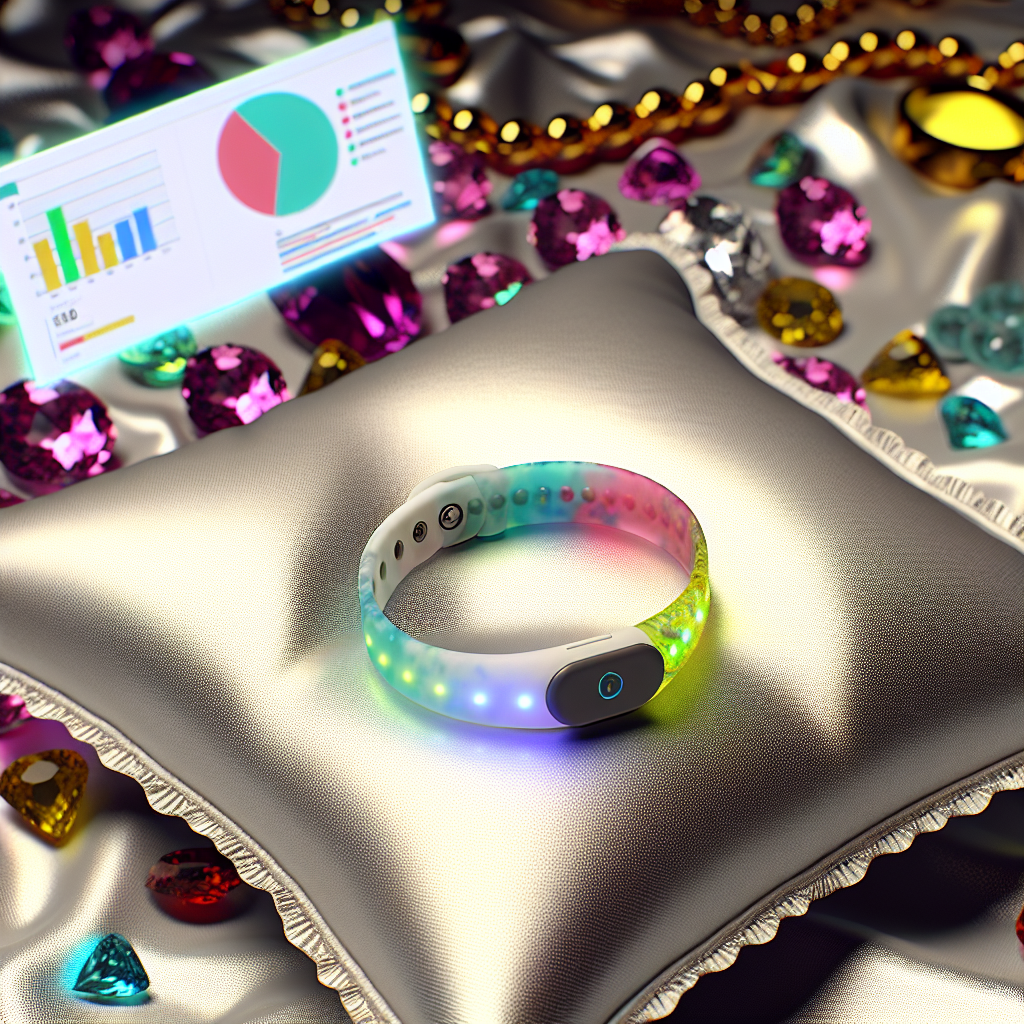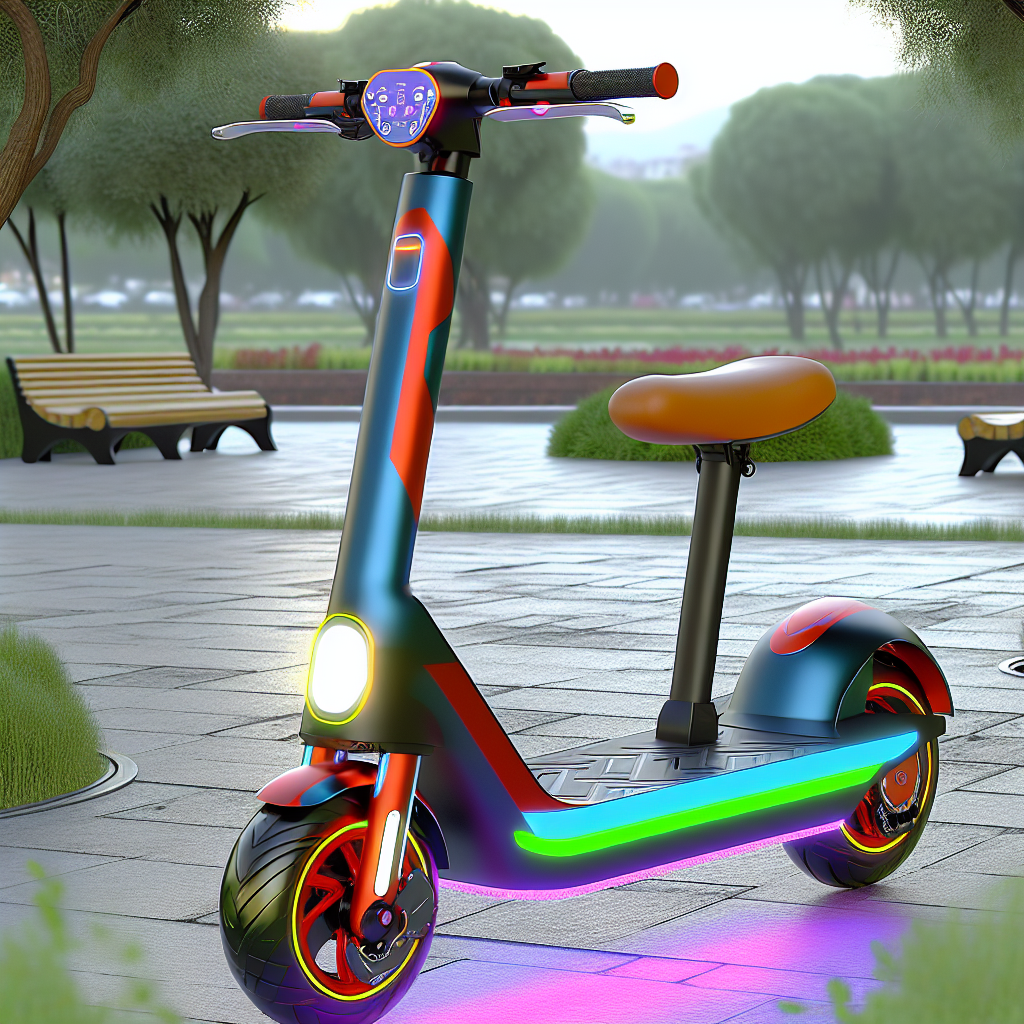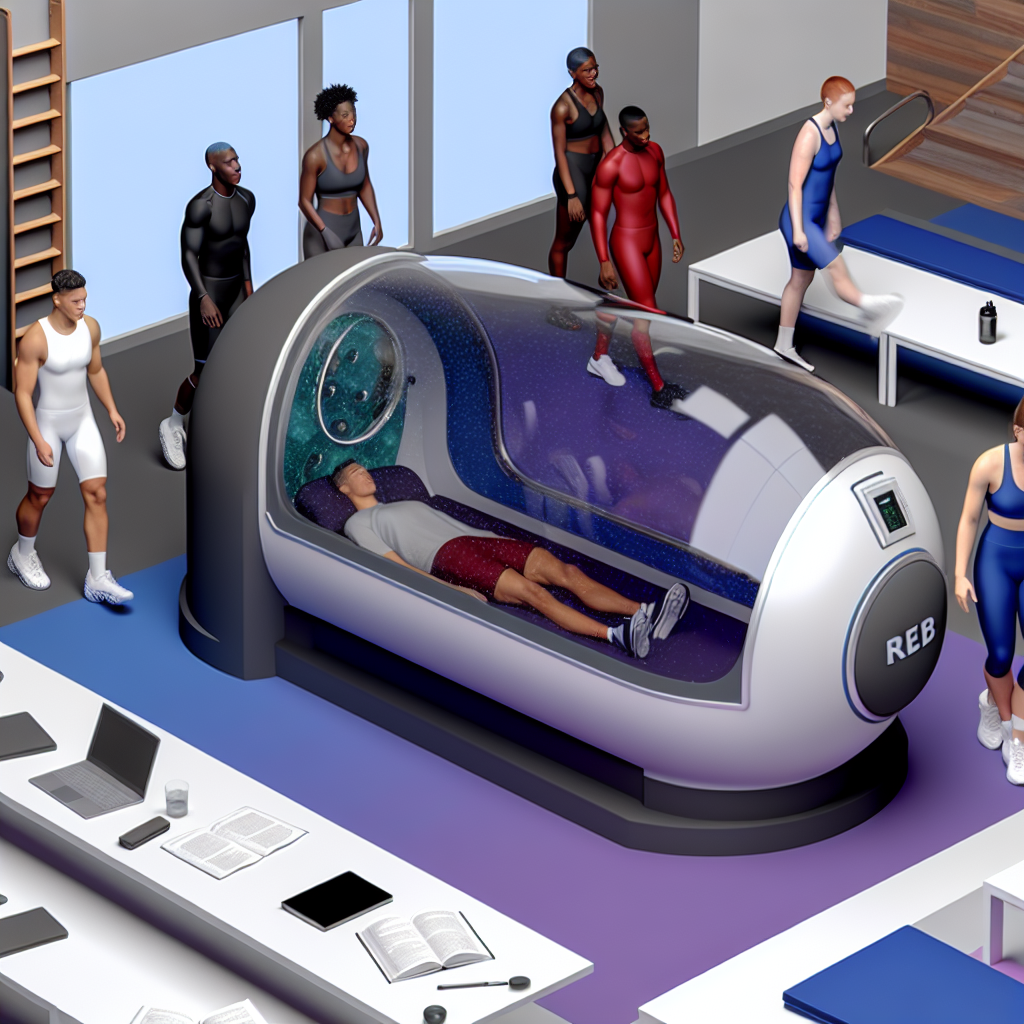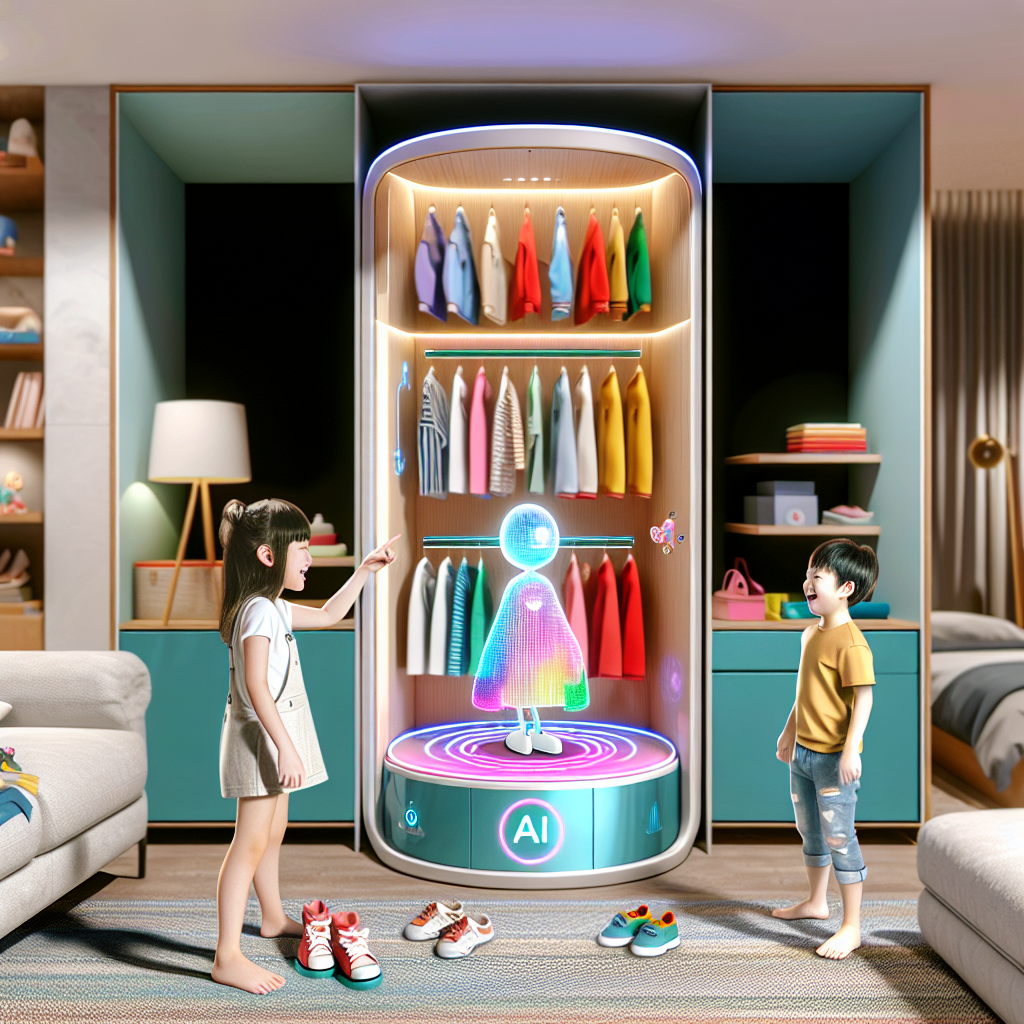Advanced Materials in Children’s Medical Wearables: The Luxury Approach to Preventative Health
In an era where wellness supersedes wealth and sophistication meets science, a new standard of childcare has emerged. Today, luxury is not just about elegance—it’s about intelligence woven into every fiber of daily life. Welcome to the age of advanced medical wearables for children—where form, function, and futuristic materials define proactive parenting.
The Rise of Intelligent Luxury in Pediatric Wellness
In a world where innovation pervades every aspect of daily living, luxury is no longer confined to the surface aesthetics of fashion, real estate, or automobiles. It has increasingly become synonymous with wellness, precision, and customization—especially in health care.
For affluent parents seeking the very best for their children, the fusion of elite health innovation and luxury lifestyle has created a new category of child care: intelligent wearables that are as elegant as they are effective.
Originally, digital health trackers were confined to fitness devices aimed at adults. But now, thanks to dramatic progress in biocompatible textiles, sensor miniaturization, and nanofabrication, the focus has expanded to children. These advanced materials—once used primarily in athletics or aerospace—are being tailored to safeguard pediatric health in ways never before possible.
This evolution is more than style; it’s a paradigm shift toward preventative pediatric care through wearable innovation.
From Smart Fibers to Real-Time Analytics: What Makes These Wearables Luxurious?
Today’s luxury goes beyond designer logos—it wears intelligence in its very threads. Children’s medical wearables are now made with materials that can monitor critical biomarkers such as:
- Temperature fluctuations
- Heart rate variability
- Breathing frequency
- Hydration levels
- Early signs of infection or metabolic changes
These capabilities are integrated into high-end fabrics like cashmere and organically dyed cotton, interlaced with antimicrobial copper threads and graphene-based sensors capable of real-time diagnostics.
Imagine a pullover that can track your child’s respiration or relay hydration alerts during soccer practice. These are not just wearables—they’re silent, seamless, and beautifully crafted tools for parental peace of mind.
The Science Behind the Style: Medical Research Fuels the Revolution
Behind the high-end design lies deep-rooted research. The development of advanced pediatric wearables has been fueled by breakthroughs in bioelectronics, material science, and clinical studies.
A pivotal study published in Nature Electronics by Kim et al. (2019) introduced “skin-like” biosensors formulated from soft materials like ultra-thin gold and silicone. Originally developed for neonatal intensive care units, these biosensors offer real-time, non-invasive monitoring of vitals such as heart rate and fluid balance—ideal attributes for high-functioning children’s wearables.
More recently, a 2020 landmark study in Advanced Materials by Xu et al. showcased graphene’s unmatched capability in creating flexible, skin-integrated devices. Graphene wearables can detect changes in sweat composition, serving as early indicators of dehydration, stress, or fever.
In 2021, MIT’s Institute for Medical Engineering and Science published research demonstrating how fiber-optic technology could be embedded into everyday garments—monitoring heart rate and respiration with hospital-grade accuracy. These developments underscore that the future of health monitoring lies in textiles you can wash, wear, and trust.
Designer Meets Doctor: Where High Fashion Partners with High Science
Luxury fashion houses aren’t watching from the sidelines. High-end brands like Moncler and Stella McCartney Kids are exploring partnerships with biotech firms and academic labs to integrate clinical-grade wearables into stylish children’s lines.
Take Harvard’s Wyss Institute, where researchers have pioneered bioresponsive fabrics that adapt to body heat or motion. These fabrics increase comfort and acceptance among children—ensuring higher compliance with medical monitoring while preserving luxury aesthetics.
The collaboration between designer flair and scientific utility ensures these wearables are as attractive as they are intelligent—garments that function with elegance and precision.
Preventative Elegance: Redefining Pediatric Care at Home
At its heart, this revolution isn’t about gadgets. It’s about redefining pediatric care in the most seamless, wearable way possible. These luxury wearables transform daily garments into intelligent, diagnostic tools—identifying health anomalies before physical symptoms emerge.
Small changes like elevated heart rate variability or shifts in oxygen saturation can now trigger alerts, empowering timely parental intervention. This kind of predictive insight helps parents manage everything from minor stress to the early onset of infection.
This form of discreet, daily surveillance converts typical moments—getting dressed, playing outside, attending school—into windows for subtle diagnostics. When seamlessly woven into a child’s lifestyle, preventative health becomes effortless, proactive, and profoundly personalized.
Conclusion: The Future of Pediatric Luxury is Preventative and Personalized
As luxury evolves to meet the demands of modern healthcare, one thing becomes clear: children’s medical wearables crafted from advanced materials are ushering in a new era of family wellness. For parents who prioritize longevity, comfort, and high-tech precision, these investments go far beyond aesthetics.
They represent a holistic vision where design, diagnostics, and dignity are interwoven—creating a framework in which children can thrive, guarded by the quiet intelligence of what they wear.
References
- Kim, D.-H. et al. (2019). Soft, Skin-Like Biosensors for Pediatric Monitoring. Nature Electronics.
- Xu, S. Y. et al. (2020). Graphene-Based Wearable Biosensors for Sweat Monitoring. Advanced Materials.
- Ma, Y. et al. (2021). Digital health monitoring using smart textiles. Science Advances.
- Harvard Wyss Institute. (2022). Bio-Inspired Smart Materials.

Dominic E. is a passionate filmmaker navigating the exciting intersection of art and science. By day, he delves into the complexities of the human body as a full-time medical writer, meticulously translating intricate medical concepts into accessible and engaging narratives. By night, he explores the boundless realm of cinematic storytelling, crafting narratives that evoke emotion and challenge perspectives. Film Student and Full-time Medical Writer for ContentVendor.com




